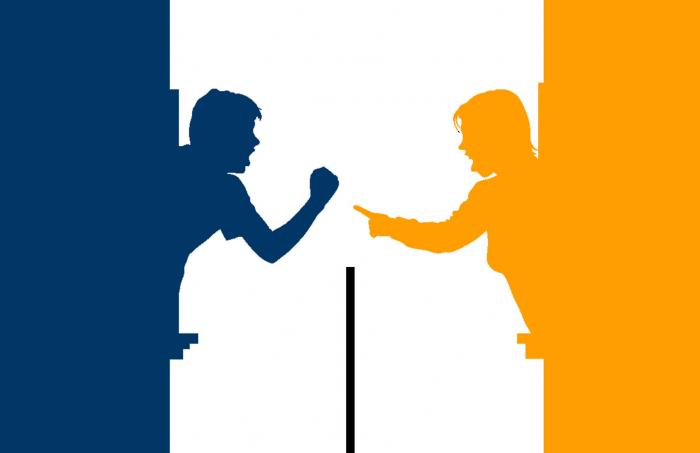
Fences are an important aspect of property ownership in New Zealand. They mark the boundaries of the property and provide privacy and security to the owner. However, it is not uncommon for fences to be located in the wrong place, either due to incorrect measurements or disputes between neighbours. So, what happens if a fence is not on the legal boundary?
Firstly, it's important to establish the legal boundary between properties. This can be done by consulting the Record of Title and the relevant deposited plan. If a fence is found to be located outside of the legal boundary, it is considered to be encroaching on the neighbour's property. This can lead to legal disputes and potentially costly legal action.
The Fencing Act 1978 allows property owners to apply to the District Court (or the Disputes Tribunal) for a determination of the legal boundary. If the Court determines that the fence is not on the legal boundary, it may order the parties to move the fence to the correct location or to share the cost of relocating it. However, the Court may also decide that the fence should remain in its current location if it is deemed to be in the interests of both parties.
In conclusion, it is important to ensure that fences are located on the legal boundary to avoid potential legal disputes and costs. If in doubt, property owners should seek legal advice or consult the relevant property documents to establish the legal boundary.



 Prev Article
Prev Article